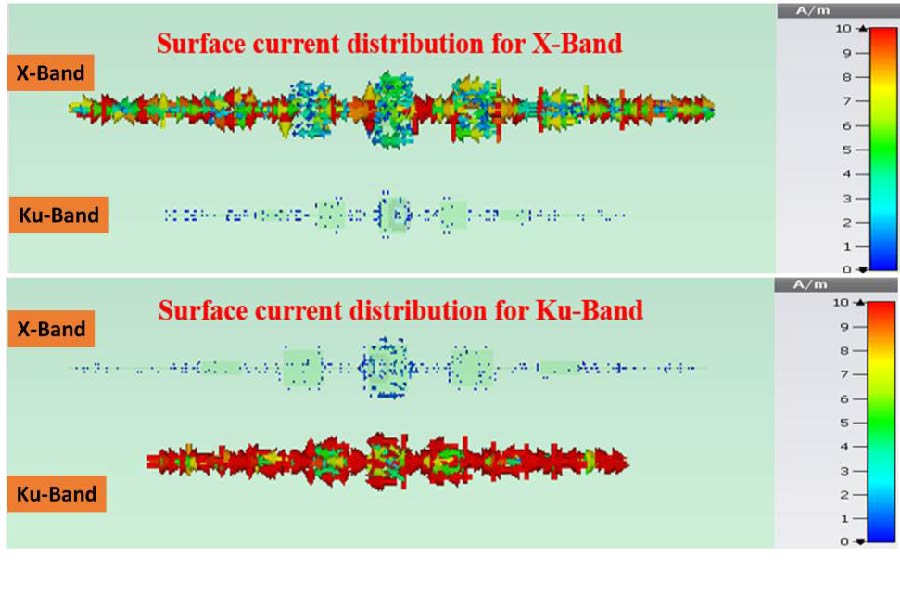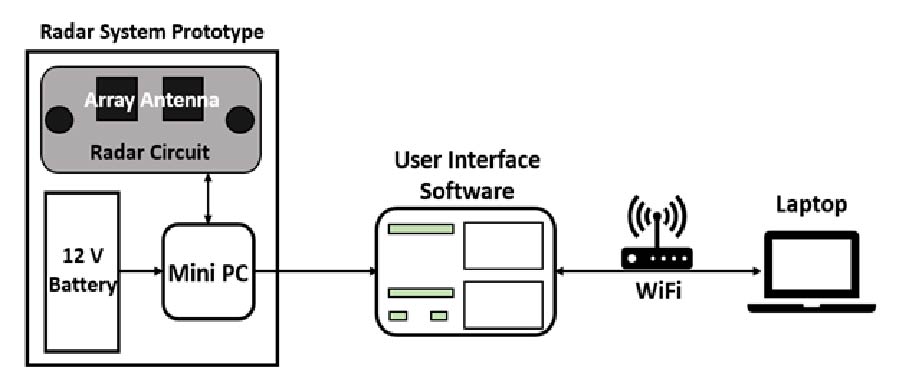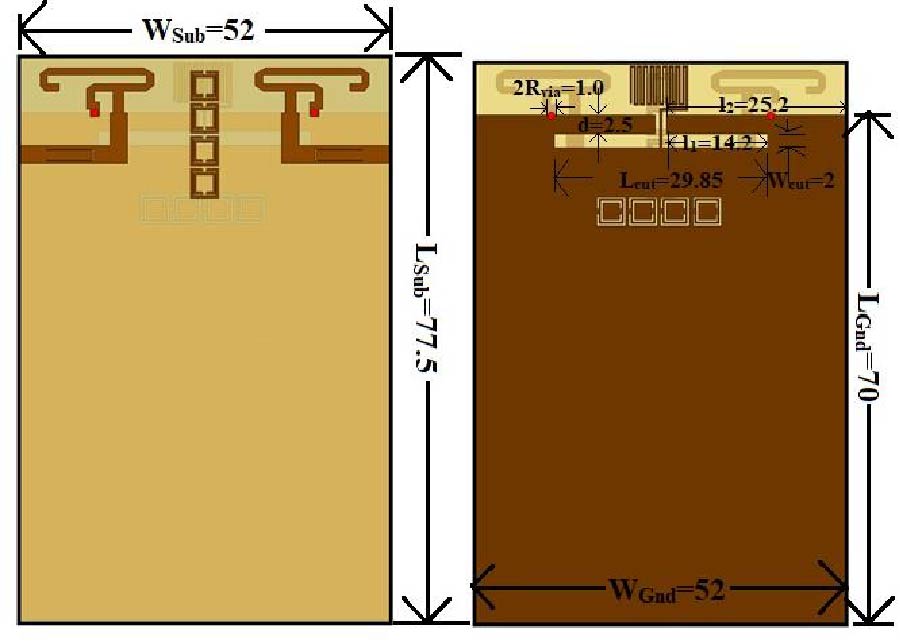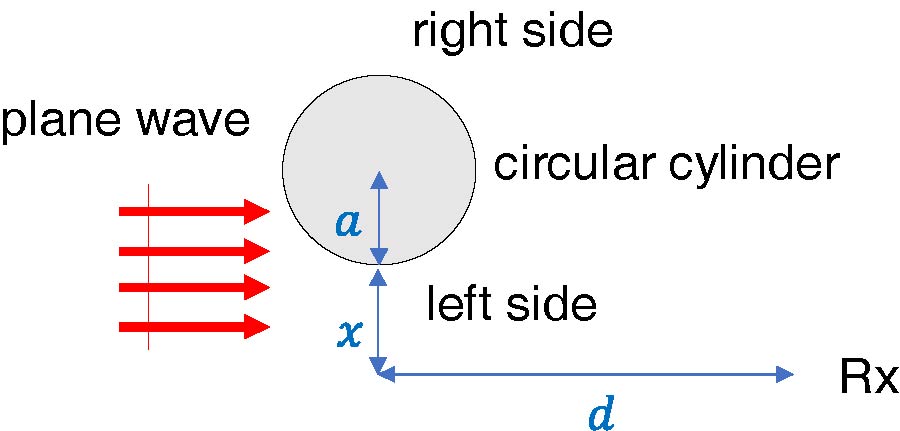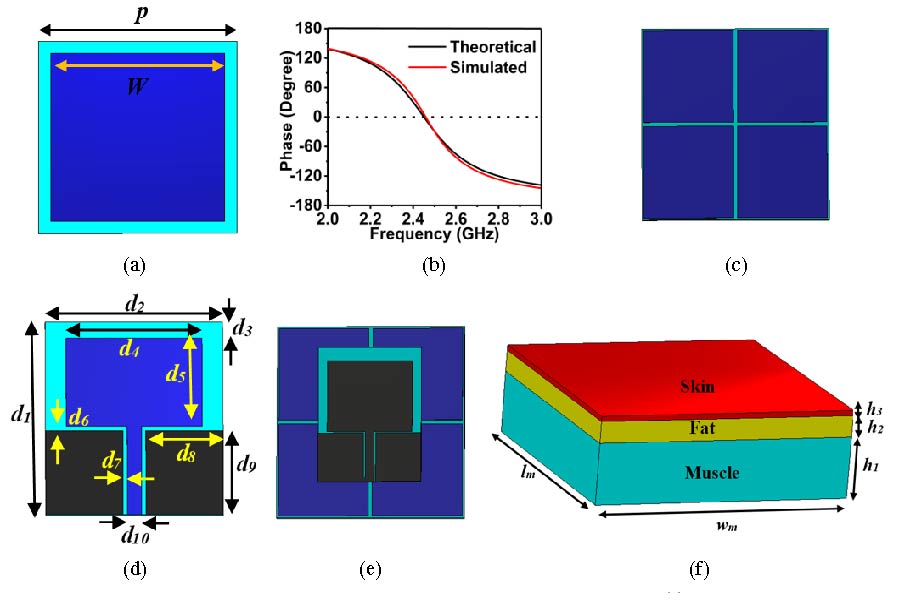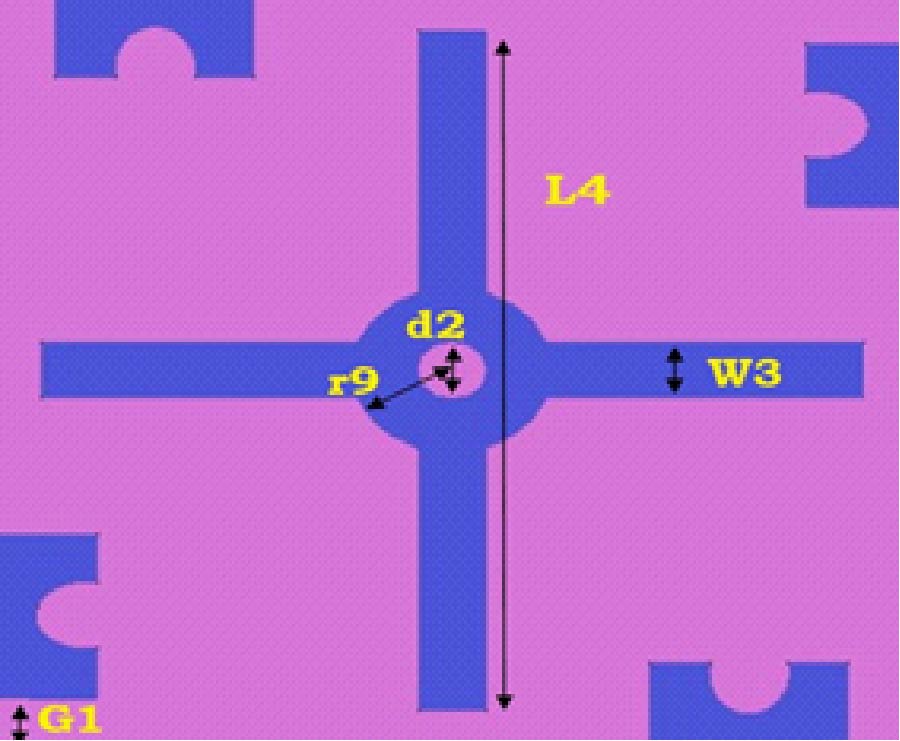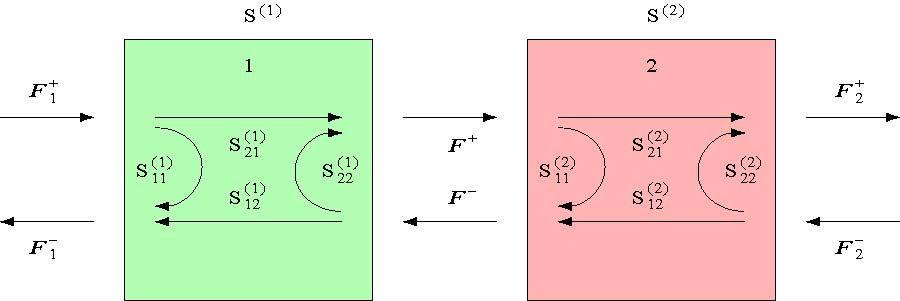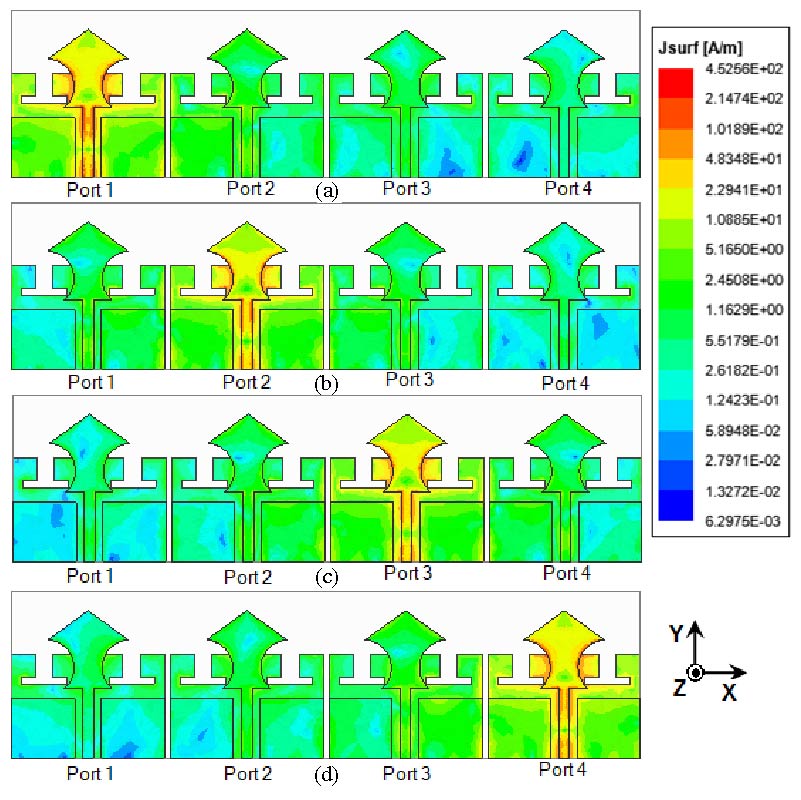A MIMO PIFA Loaded with CSRR-SRR Quadruplets for WLAN, ISM Band, and S-/C-Band Wireless Applications
Srujana Vahini Nandigama
,
Kunooru Bharath
and
Dasari Ramakrishna
The article presents a multiband symmetrically placed two elements, inverted-F multiple inputs multiple outputs (MIMO) antenna for wireless LAN (WLAN), Industrial, Society and Medical (ISM) band, S-/C-band applications. Decoupling (S12 < -15 dB) between the two antenna elements of MIMO antenna is improved by introducing metallic vias at the top ends of the patch. The MIMO antenna has been fabricated and measured on a piece of low-cost, low-profile, FR-4 substrate. A combination of parasitic loading of 4-units (quadruplet) of square-split ring resonators (SRRs) and complementary split ring resonator (CSRR) cells have been used to achieve quad-bands for lower than -10 dB total active reflection coefficients and additionally to improve isolation between antenna elements. The paper also presents the tabularized and graphical investigations of the analyzed and measured resultant MIMO parameters like; envelope correlation coefficient (ECC), diversity gain (DG), total active reflection coefficients (TARC), MIMO-VSWR (voltage standing wave ratio), channel capacity loss (CCL), etc. and are found approximately close to each other with small acceptable errors. The other important parameters (reflection coefficients, radiation pattern, E-plane and H-plane polar plots, electric field vector (E) distribution, and current density vector (J) distribution) of the proposed antenna were also demonstrated and measured using a vector network analyzer (Agilent N5247A VNA) and 18 GHz Anechoic chamber in the microwave research laboratory. The MIMO (1×2) antenna is best suitable for Bluetooth/WLAN/Wi-Fi (2.45-2.57 GHz) and ISM band, FIXED, MOBILE, RADIO Location, Amateur & Amateur-satellite service (2.45 GHz) within impedance bandwidth (S11 < -10 dB) from 2.45-2.57 GHz lower band, and n46 (5.40-5.49 GHz) upper band.
